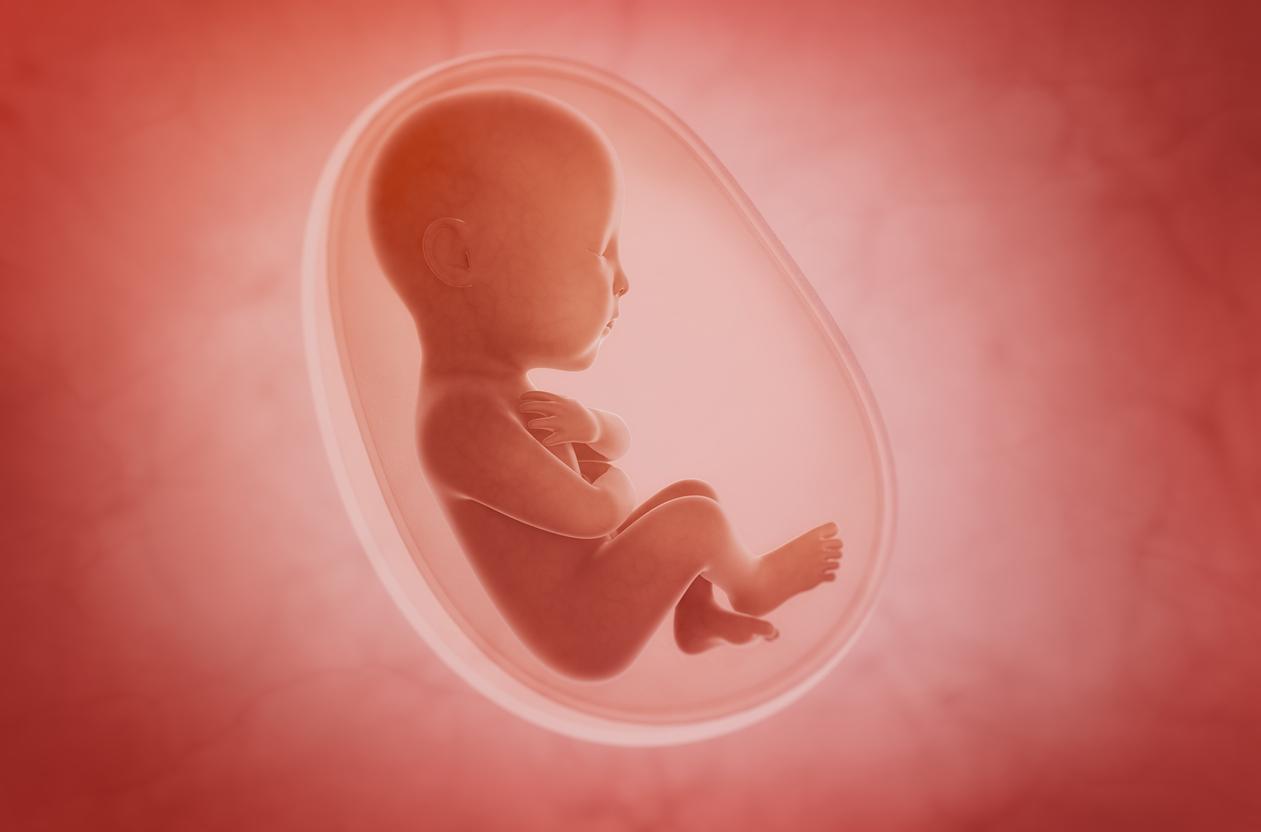Placenta analyzes help understand 90% of unexplained miscarriages, according to a new study.

- Miscarriages are sometimes unexplained, which increases the distress of families.
- Yale researchers have added new classification elements.
- Many unexplained miscarriages are linked to placental abnormalities.
200,000 women and their partners suffer a miscarriage each year in France. For a number of them, doctors do not know what the causes are. In the United States, researchers from the prestigious Yale University have discovered that analyzing the placenta can find, in almost all cases, the reason for the miscarriage. Their results are published in Reproductive Sciences.
Miscarriage: an often unexplained tragedy for parents
“Patients who suffer such finality to their pregnancy are often told that their loss is unexplained and that they should just try again, which contributes to patients’ feelings of responsibility.“, explains the lead author of the research, Dr. Harvey Kliman, researcher in the Department of Obstetrics, Gynecology and Reproductive Sciences at the Yale School of Medicine. He also reminds us that every miscarriage is a tragedy. “Being told there is no explanation adds immense suffering to these families.”, continues the specialist. With his co-authors, he wanted to broaden the classification systems to reduce the number of so-called unspecified cases.
Placental abnormalities explain a majority of miscarriages
The team worked on a group of 1,256 placentas from 922 patients who had lost their babies. In total, 70% were miscarriages, where the loss occurs before 20 weeks of pregnancy, and 30% were stillbirths, where the loss occurs after 20 weeks of pregnancy. By adding two categories to the existing classification, the authors were able to establish the pathological diagnoses of 91.6% of pregnancies, including 88.5% of miscarriages and 98.7% of stillbirths. The two new categories added were ‘abnormally developing placenta’, i.e. cases of dysmorphic placenta, and ‘small placenta’, when the size of the placenta is less than the 10th percentile of gestational age. Among unexplained miscarriages, the most common reason observed by these American scientists was placental anomaly, which can cause genetic abnormalities. For stillbirths, the small placenta was responsible in almost 34% of cases. The categories that already exist are cord injury, separation, cases of thrombotic disorder and infection.
Miscarriages and stillbirths: the need to improve prevention
“This work suggests that more than 7,000 small placentas associated with stillbirths could have been detected in utero each year, flagging these pregnancies as high risk before the lossestimates Harvey Kliman. Likewise, identifying dysmorphic placentas could be a way to spot genetic abnormalities.” He also recalls that these explanations are essential to help families overcome the loss of the child and to reduce the risk of it happening again in the future. Above all, this specialist addresses a recommendation to his colleagues: “Measure the placenta!“.


















